Embarking on a duct cleaning business is not just about cleaning air ducts; it’s about stepping into a lucrative niche that prioritizes health and efficiency. This business focuses on ensuring HVAC systems are free of dust, mold, and allergens, leading to cleaner air and enhanced system performance. With growing concerns about indoor air quality and energy savings, the demand for professional duct cleaning services has skyrocketed.
The duct cleaning industry serves residential and commercial clients, offering services such as dryer vent cleaning, mold removal, and chimney maintenance. Entrepreneurs can benefit from the industry’s steady growth, driven by increased awareness of air quality and energy efficiency.
Whether you’re starting from scratch or expanding your current services, the duct cleaning business offers excellent potential for profitability and customer satisfaction. With proper training, marketing, and equipment, this venture can become a cornerstone of your entrepreneurial success.
Scope of the Duct Cleaning Business
The duct cleaning industry offers diverse services focused on improving indoor air quality and maintaining HVAC systems, including routine inspections, debris removal, and specialized cleaning for mold, allergens, and contaminants.
Duct cleaning is crucial for ensuring healthier living conditions by reducing airborne pollutants, particularly benefiting individuals with allergies or respiratory issues. It also extends HVAC system lifespan, prevents breakdowns, and enhances energy efficiency.
According to a 2022 survey by the National Air Duct Cleaners Association (NADCA), 90% of homes have duct systems that could benefit from cleaning, emphasizing the significant demand. With growing awareness of air quality and a rising preference for eco-friendly solutions, this industry offers strong growth potential.
The market is expected to expand at a steady annual growth rate of over 5%, as projected by IBISWorld, with average profit margins ranging from 15% to 30%, making it a highly profitable opportunity.
Types of Duct Cleaning Services
Duct cleaning services are diverse and cater to a range of needs, from routine maintenance to specialized cleaning. Whether it’s improving air quality or addressing specific concerns like mold or debris after construction, businesses offering duct cleaning typically provide the following options:
Routine Duct Cleaning
Regular cleaning includes inspecting ducts for debris, dust, and minor blockages. Common tasks involve removing dirt and ensuring clean airflow, improving HVAC system efficiency. This service is essential for maintaining consistent air quality and extending the lifespan of HVAC systems.
Deep Duct Cleaning
This comprehensive service involves cleaning the entire HVAC system, including vents, filters, and coils. It targets deeply embedded contaminants like mold, bacteria, and heavy dust buildup. Deep duct cleaning is typically recommended annually to ensure optimal system performance and energy efficiency.
Specialized Cleaning Services
These services cater to specific needs, such as sanitizing ducts for allergen removal or cleaning after pest infestations. Dryer vent cleaning is another crucial service, reducing fire risks and ensuring optimal performance. Specialized cleaning can also include odor removal services to eliminate unpleasant smells from ducts.
Post-Construction Duct Cleaning
Construction projects often leave significant dust and debris in duct systems. This service ensures the ducts are thoroughly cleaned and free of harmful particles before occupancy. It is crucial for creating a safe and healthy indoor environment in newly renovated or constructed spaces.
Key Components of a Duct Cleaning Business
Several key components contribute to the success of Duct cleaning business, ranging from the necessary equipment to staff training.
Equipment and Supplies
Running a duct cleaning business requires specialized tools and equipment:
- Cleaning Equipment: High-powered vacuums, rotary brushes, and air compressors.
- Inspection Tools: Cameras and scopes for detailed duct system assessments.
- Cleaning Products: Eco-friendly and non-toxic sanitizers and disinfectants.
Adopting green cleaning practices can appeal to eco-conscious clients and reduce environmental impact.
Staff Training and Expertise
Well-trained staff is essential for handling duct systems professionally and safely. Employees should understand HVAC systems, cleaning techniques, and customer service. Regular training ensures they stay updated on new technologies and safety protocols. Certification programs and hands-on workshops can further enhance their skills, ensuring they deliver high-quality services and maintain client trust.
How to Start a Duct Cleaning Business?
Launching a duct cleaning business can be a lucrative venture with consistent demand for air quality improvement and HVAC system maintenance. To start a duct cleaning business, it’s important to understand the growing need for clean indoor air and efficient systems as businesses and homeowners prioritize these aspects.
There is significant potential for growth in this industry. By offering professional, reliable services, you can build a strong reputation and a loyal customer base. Here’s how to get started:
Market Research
Start by identifying your target audience, which can include homeowners, businesses, and commercial properties. Research the demand for duct cleaning in your area and analyze competitors to understand their services, pricing, and customer feedback. Identifying gaps in the market, like eco-friendly solutions or specialized commercial services, can help differentiate your business.
Business Registration and Licensing
Register your duct cleaning business and obtain the necessary licenses and permits required by local or state authorities. This ensures legal compliance and builds trust with customers. Additionally, secure liability insurance to protect your business from any damages or accidents during service.
Creating a Business Plan
Your business plan should detail the services offered, such as routine and deep cleaning, pricing strategy, and marketing methods. This plan will provide direction, ensure financial stability, and help you establish a clear vision for your business’s growth and success.
Marketing Your Duct Cleaning Business
Build an online presence with a professional website and use social media to attract potential clients. Attend local networking events and collaborate with HVAC contractors to generate referrals. Utilize customer testimonials on your website and social media to establish credibility and trust within your community.
Benefits of a Duct Cleaning Business
Starting a duct cleaning business offers several advantages, including:
- Improved Indoor Air Quality: Reduces allergens, dust, and contaminants, promoting a healthier living and working environment.
- Energy Efficiency: Cleaning ducts enhances HVAC efficiency, resulting in reduced energy costs.
- Profitability: Consistent demand ensures stable income, with options to offer premium services like mold remediation and sanitization.
- Customer Satisfaction: High-quality service creates a positive impression and builds long-term client relationships.
By providing specialized services and maintaining a reputation for excellence, businesses can secure loyal clients and expand their reach.
Challenges in the Duct Cleaning Industry
- Maintaining High Service Standards: Consistently delivering exceptional service quality is crucial to building a strong reputation and retaining clients.
- Managing Customer Expectations: Clear communication is essential to avoid misunderstandings about the scope of services and expected outcomes.
- Competing in a Crowded Market: The industry is competitive, requiring businesses to differentiate through unique services, competitive pricing, or innovative marketing strategies.
- Staying Compliant with Regulations: Ensuring compliance with industry standards, safety protocols, and local environmental regulations can be complex but is vital for credibility.
- Educating Clients About Services: Many customers may not fully understand the importance of regular duct cleaning, requiring efforts to inform and educate them about the benefits.
- Handling Seasonal Demand: Duct cleaning demand may fluctuate seasonally, requiring effective planning to manage resources and staffing.
- Addressing Technological Advancements: Staying updated on the latest tools, techniques, and HVAC systems is essential to remain competitive and offer the best services.
Conclusion
The duct cleaning business offers a promising avenue for entrepreneurs passionate about improving air quality and energy efficiency. With proper planning, training, and marketing, you can create a thriving business in this growing industry. Whether you’re starting from scratch or adding duct cleaning to an existing service lineup, the opportunities are vast and rewarding.
FAQs
- What are the most common tools used in duct cleaning?
The most common tools include vacuums, rotary brushes, inspection cameras, and fogging machines. - How much does it cost to start a duct cleaning business?
Starting costs typically range from $6,000 to $15,000, depending on equipment and marketing needs. - What certifications are required for duct cleaning?
Certifications like NADCA (National Air Duct Cleaners Association) can enhance credibility and ensure quality service. - Is duct cleaning a seasonal business?
While demand may peak during spring and fall, offering additional services can maintain steady income year-round. - How can I attract more customers to my duct cleaning business?
Focus on online marketing, build strong local partnerships, and encourage positive customer reviews.




